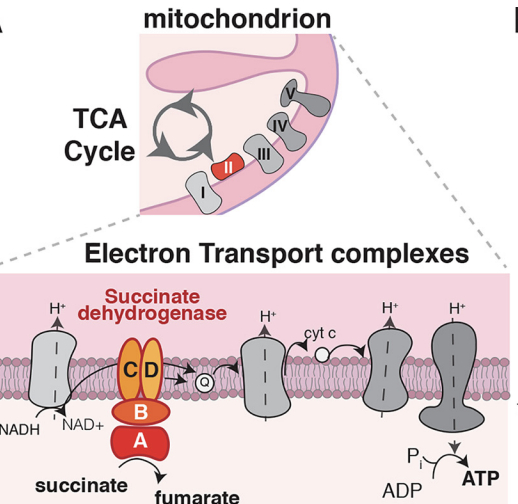Abstract
Compartmentalization of macromolecules is a ubiquitous molecular mechanism that drives numerous cellular functions. The appropriate organization of enzymes in space and time enables the precise transmission and integration of intracellular signals. Molecular scaffolds constrain signaling enzymes to influence the regional modulation of these physiological processes. Mitochondrial targeting of protein kinases and protein phosphatases provides a means to locally control the phosphorylation status and action of proteins on the surface of this organelle. Dual-specificity protein kinase A anchoring protein 1 (dAKAP1) is a multivalent binding protein that targets protein kinase A (PKA), RNAs, and other signaling enzymes to the outer mitochondrial membrane. Many AKAPs recruit a diverse set of binding partners that coordinate a broad range of cellular processes. Here, results of MS and biochemical analyses reveal that dAKAP1 anchors additional components, including the ribonucleoprotein granule components La-related protein 4 (LARP4) and polyadenylate-binding protein 1 (PABPC1). Local translation of mRNAs at organelles is a means to spatially control the synthesis of proteins. RNA-Seq data demonstrate that dAKAP1 binds mRNAs encoding proteins required for mitochondrial metabolism, including succinate dehydrogenase. Functional studies suggest that the loss of dAKAP1–RNA interactions reduces mitochondrial electron transport chain activity. Hence, dAKAP1 plays a previously unappreciated role as a molecular interface between second messenger signaling and local protein synthesis machinery.
